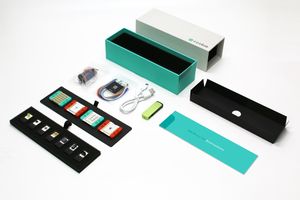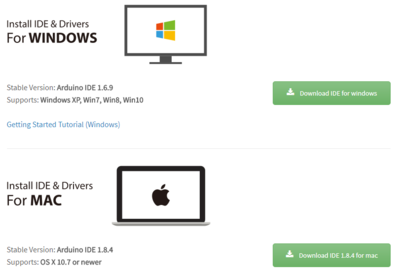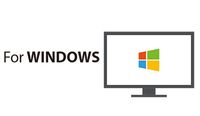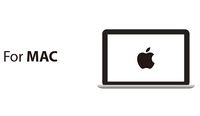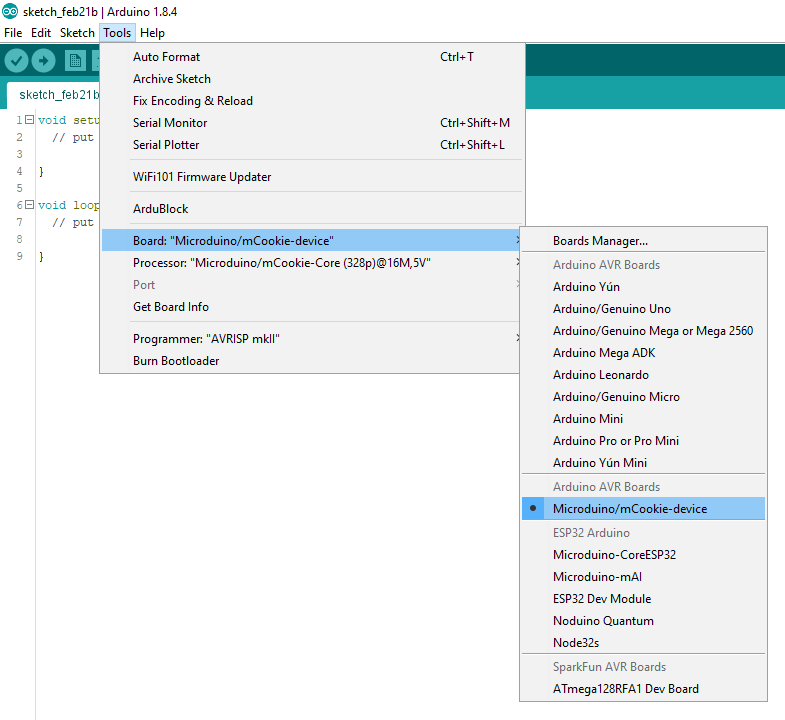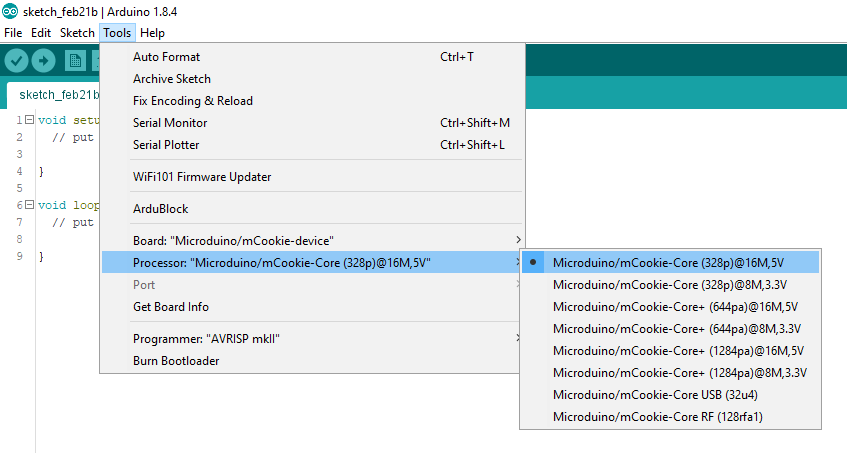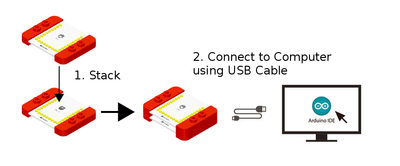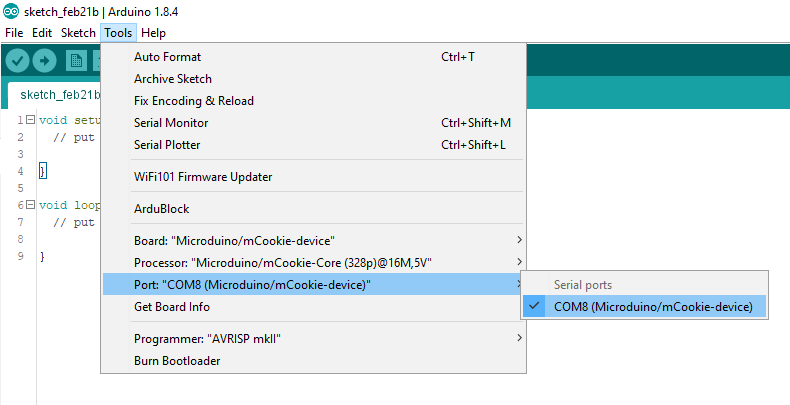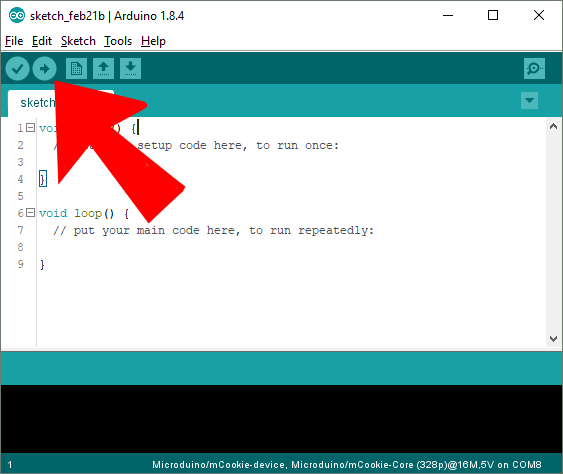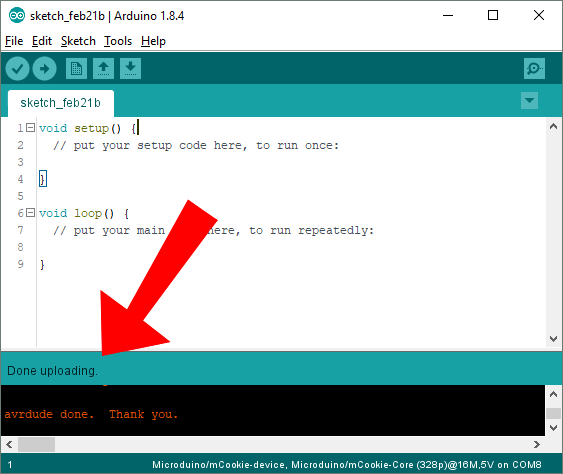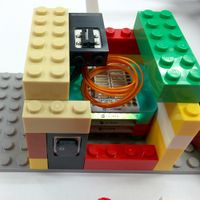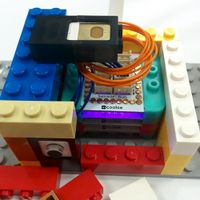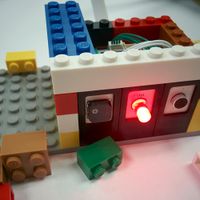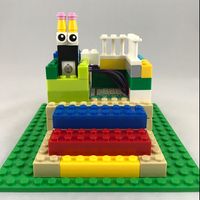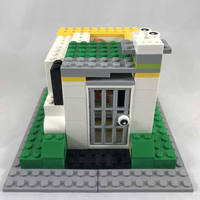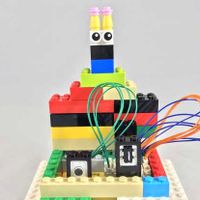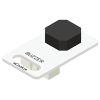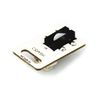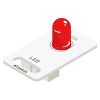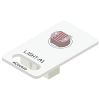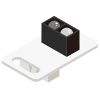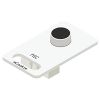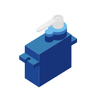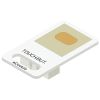Difference between revisions of "MCookie 102 Basic Kit Tutorials"
From Microduino Wiki
(→Printed Manual) |
|||
| Line 1: | Line 1: | ||
[[File:102 Basic Kit.jpg|right|thumb|link=mCookie Basic Kit|<center>[[mCookie Basic Kit]]</center>]] | [[File:102 Basic Kit.jpg|right|thumb|link=mCookie Basic Kit|<center>[[mCookie Basic Kit]]</center>]] | ||
| − | |||
| − | |||
| − | |||
| − | |||
| − | |||
=Getting Started= | =Getting Started= | ||
==Step 1: Downloading Latest Software== | ==Step 1: Downloading Latest Software== | ||
Revision as of 16:36, 5 March 2018
Contents
Getting Started
Step 1: Downloading Latest Software
Download the latest Microduino software for your OS (Windows or Mac) at: http://microduinoinc.com/download/
Step 2: Follow the Software Getting Started Guide
Follow the getting software started guide for your OS at:
Follow the guide to ensure the software is properly setup and the correct drivers are installed.
Step 3: Configuring and Testing the Software
- Open the Microduino software.
- Go to “Tools > Board” and select “Microduino/mCookie-device”
- Go to “Tools > Processor” and select “Microduino/mCookie-Core (328p)@16M,5V”
- Only have the red Core module and USBTTL module stacked. Then connect the MicroUSB to the USBTTL module and the other end to your computer's USB port.
- Check if the red LED is lit on the USBTTL module. This indicates the USBTTL is ON and SUPPLYING power to the modules.
- Go to “Tools > Port” and select the port. It is usually the one that is select-able. (If you are using a Mac, it is not the Bluetooth one)
- With the default sample code. Hit upload (right arrow icon on the top left of the software).
- The code will compile and will say upload complete if successful. Congratulations the software setup is complete!
Example projects for the 102 Basic kit can be found in the #Projects section.
Printed manual download: Link
Projects
Basic Tutorials
Basic Module Tutorials
| Core | Communication |
|---|---|
| Function | Extension |
